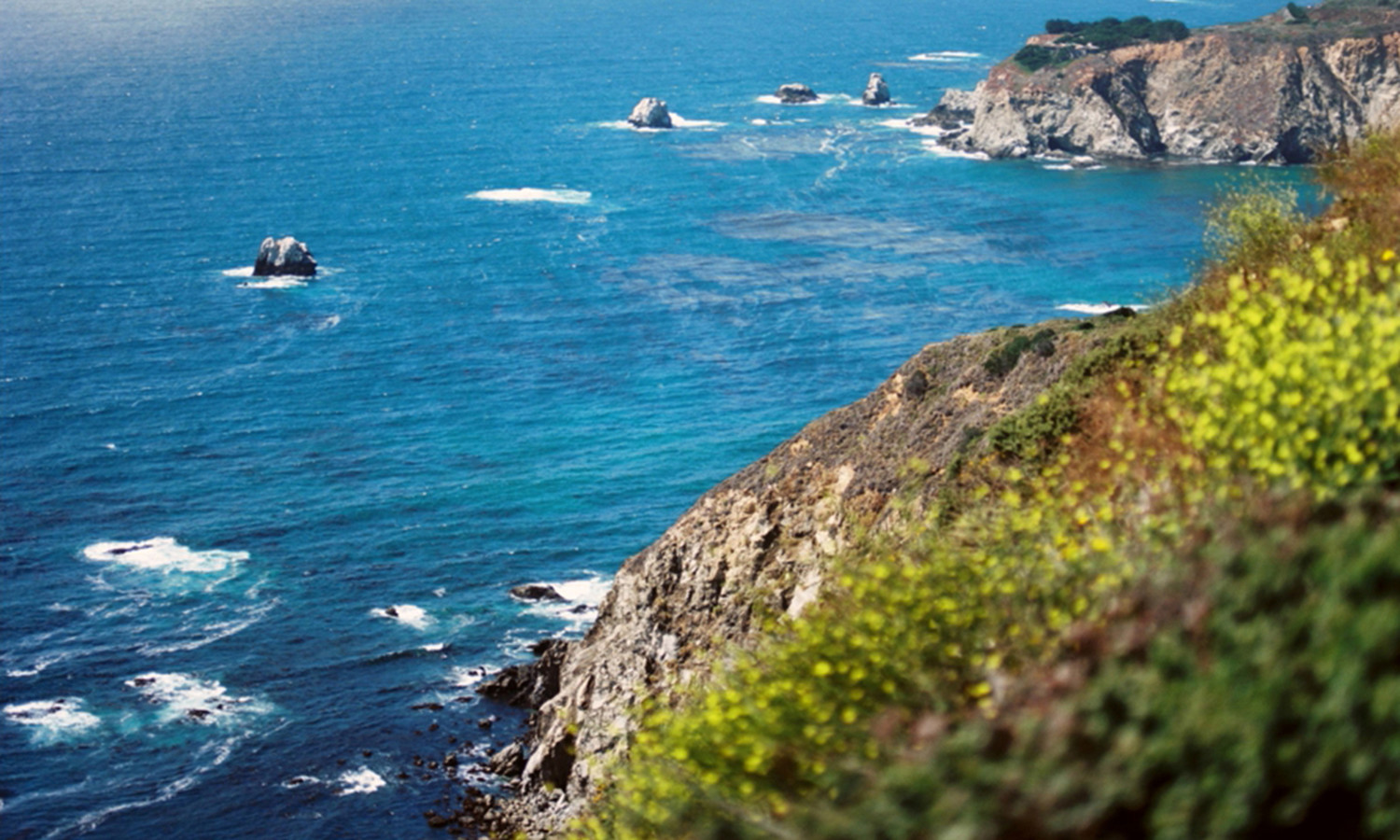Yosemite National Park is a United States National Park and a UNESCO World Heritage Site located in the Sierra Nevada mountains in east-central California. Yosemite is internationally recognized for its spectacular granite cliffs, waterfalls, clear streams, giant sequoia groves, and biological diversity. The 750,000-acre, 1,200 square-mile park contains thousands of lakes and ponds, 1600 miles of streams, 800 miles of hiking trails, and 350 miles of roads. It is currently the third most visited national park in the United States, with an annual visitation of nearly 4 million. The park is celebrated it's 125th anniversary in 2015.
History
Efforts to protect Yosemite Valley began as far back as June 30, 1864 when President Abraham Lincoln signed a bill granting Yosemite Valley and the Mariposa Grove of Giant Sequoias to the State of California as an inalienable public trust. This was the first time in history that a federal government had set aside scenic lands simply to protect them and to allow for their enjoyment by all people. The area became a national park on October 1, 1890 following several years of struggle by John Muir against the devastation of the subalpine meadows surrounding Yosemite Valley.
Despite its national park status, California controlled the initial grant area until 1906. Prior to ceding control, the city of San Francisco became embroiled in a bitter political struggle over the Hetch Hetchy Valley, in which the city wanted to dam the Tuolumne River as a source of drinking water and hydroelectric power. In 1913, conservationists led by John Muir lost the battle when Congress passed the Raker Act, authorizing the construction of O'Shaughnessy Dam. To this day crusades to restore Hetch Hetchy are ongoing.
Yosemite has grown from a little visited, yet historically significant, park to one of the "crown jewels" of the US National Park System. With this stature comes difficulties; current visitation numbers roughly 4 million visitors per year, with a majority visiting 12 square miles within Yosemite Valley (about 1% of the total park land). The dual role of the park service -- protection of the resource and providing for the enjoyment of the visitor -- makes sure that Yosemite continues to be an important breeding ground for management ideas about US National Parks.
Landscape
Warm winter temperatures, a late-season tropical rainstorm, and a heavy snow pack combined to produce the greatest flooding on record in Yosemite Valley in January of 1997. A highly unusual winter rainstorm arrived in January, and the rainfall caused tremendous melting of the existing High Sierra snowpack. The resulting flood of rain and melted snow caused the Merced River to rise nearly ten feet above its normal level, producing over $178 million in damage in Yosemite Valley. As a result the Valley was closed for over three months, and vast changes were made to the area's management plan. Today numerous structures have been relocated, roads have been re-routed out of the flood plain, and nearly fifty percent of campsites have been removed. Signs indicating the floodwater height are posted throughout the Valley.
Yosemite is best known for the massive granite cliffs and domes found within the park. The landscape began forming about ten million years ago when the Sierra Nevada was uplifted and then tilted to form its relatively gentle western slopes and the more dramatic eastern slopes. The uplift increased the steepness of stream and river beds, resulting in formation of deep, narrow canyons. About one million years ago, snow and ice accumulated, forming glaciers at the higher alpine meadows that moved down the river valleys. Ice thickness in Yosemite Valley may have reached 4,000 feet during the early glacial episode. The downslope movement of the ice masses cut and sculpted the U-shaped valley that attracts so many visitors to its scenic vistas today.
The park is also home to the Yosemite Falls, at 739m (2425ft), the highest waterfall in North America.
Flora and fauna
Yosemite has more than 300 species of vertebrate animals, and 85 of these are native mammals. Black bears are abundant in the park, and are often involved in conflicts with humans that result in property damage and, occasionally, injuries to humans. Visitor education and bear management efforts have reduced the bear-human incidents and property damage by 90% in the past few years. Ungulates include large numbers of mule deer. Bighorn sheep formerly populated the Sierra crest, but have been reduced to only a few remnant populations. There are 17 species of bats, 9 of which are either Federal or California Species of Special Concern. Over 150 species of birds regularly occur in the parks. Other species that are found within the park include bobcat, gray fox, mountain beaver, great gray owls, white-headed woodpeckers, spotted owls, golden-mantled ground squirrel, martens, Steller's jays, pika, yellow-bellied marmot, white-tailed hare, and coyotes.
The vegetation in the park is primarily coniferous forest. Most notable among the park's trees are isolated groves of giant sequoias, the largest trees in the world, which are found in three groves in Yosemite National Park.
Writing by WikiTravel | Photos by Amy Cherry
